Chitu Systems and the FilaPartner E1: “Moisture Control for Better Prints”
⚓ p3d 📅 2025-08-18 👤 surdeus 👁️ 12Moisture may not sound like a big deal, but in FDM 3D printing, it can ruin a print. Filaments absorb water from the air, and once that moisture hits the hot nozzle, it vaporizes. The result? Stringing, clogs, rough surfaces, weakened parts, or failed jobs. Hobbyists and professionals have been dealing with this “invisible problem” for some time, usually needing improvised DIY fixes or dryers that only handle one spool at a time.
Hoping to change that, Shenzhen-based Chitu Systems has launched the FilaPartner E1, a dual-chamber filament dryer designed to dry, store, and manage filaments more effectively.

FilaPartner E1, drying box, and storage.
What the FilaPartner E1 Does
At its core, the FilaPartner E1 is built to solve one of desktop 3D printing’s biggest headaches, which is keeping filament dry so prints stay consistent. Instead of being limited to just one spool, like most dryers, it can handle up to four at the same time. Each chamber has its own temperature and timer controls, allowing users to dry different materials under different conditions at the same time.
The device also doubles as a sealed storage container. Each modular box can be stacked, sealed with magnetic panels, and monitored with humidity indicator cards, ensuring filaments remain protected between print sessions.
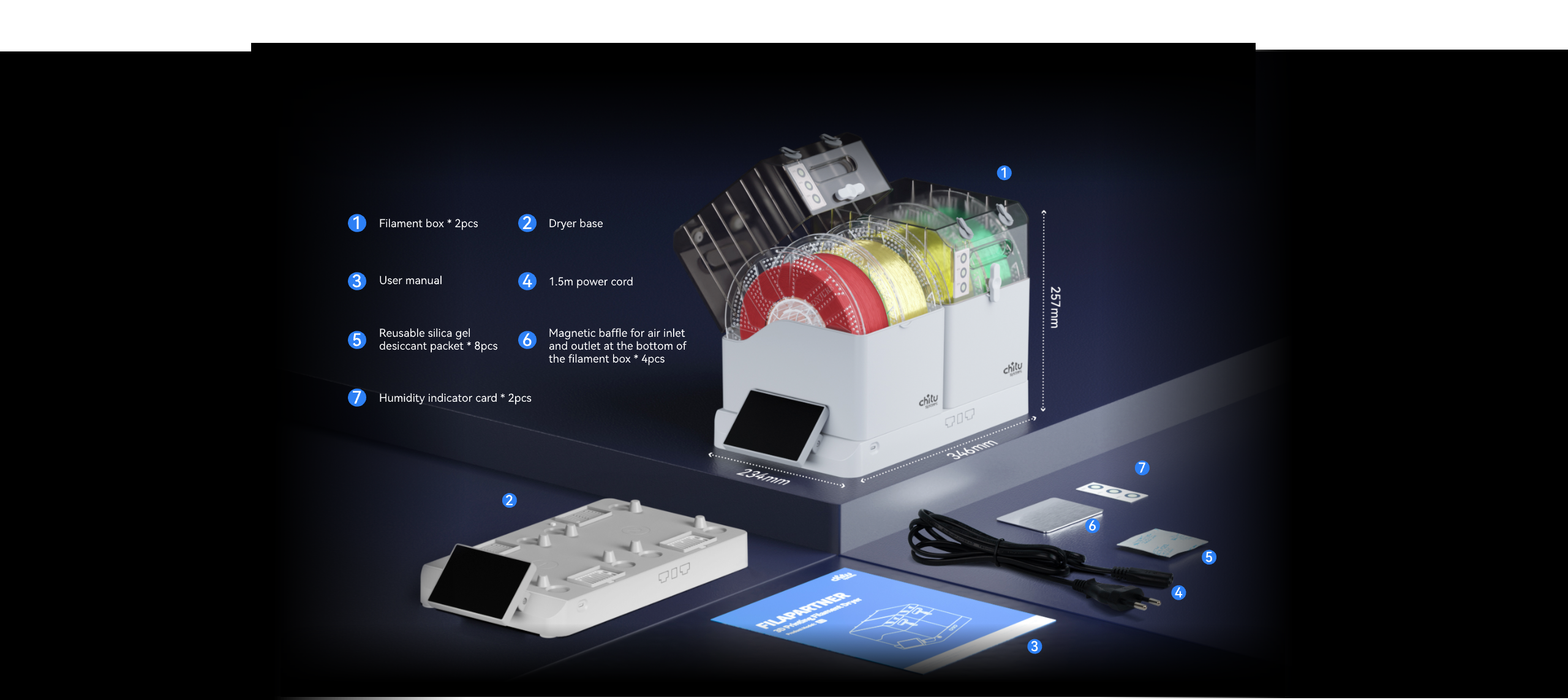
FilaPartner E1.
Performance is a big highlight. The E1 heats quickly, reaching 45°C in just five minutes and 55°C in twelve minutes, even when fully loaded. Two smart modes make everyday use simpler. Auto-Dry Mode switches on when humidity rises above 50% and shuts off at 25%, keeping conditions stable without wasting energy. Meanwhile, Silent Mode slows the fan for quieter operation in offices or overnight use.
Why Chitu Built It This Way
To understand the thinking behind the E1, 3DPrint.com spoke with Zhang Fengjuan, Product Team Leader at Chitu Systems.
“We started with a simple problem,” Zhang explained. “FDM filaments absorb moisture, and when that happens, the print quality drops sharply. We wanted a solution that not only prevents failed prints but also fits easily into different users’ workflows.”
According to Zhang, the focus on workflow is what led to the modular design. Each unit comes with two drying boxes, which can be stacked or used separately. Users can dry different filaments simultaneously or save energy by operating just one box.
Zhang added that the user interface was another area where the team prioritized practicality. The E1 comes with a touchscreen offering preset drying profiles, custom temperature options (up to 70°C), and firmware upgrade capability. It also supports a wide range of standard filaments, including PLA, PETG, ABS, TPU, ASA, and Nylon.
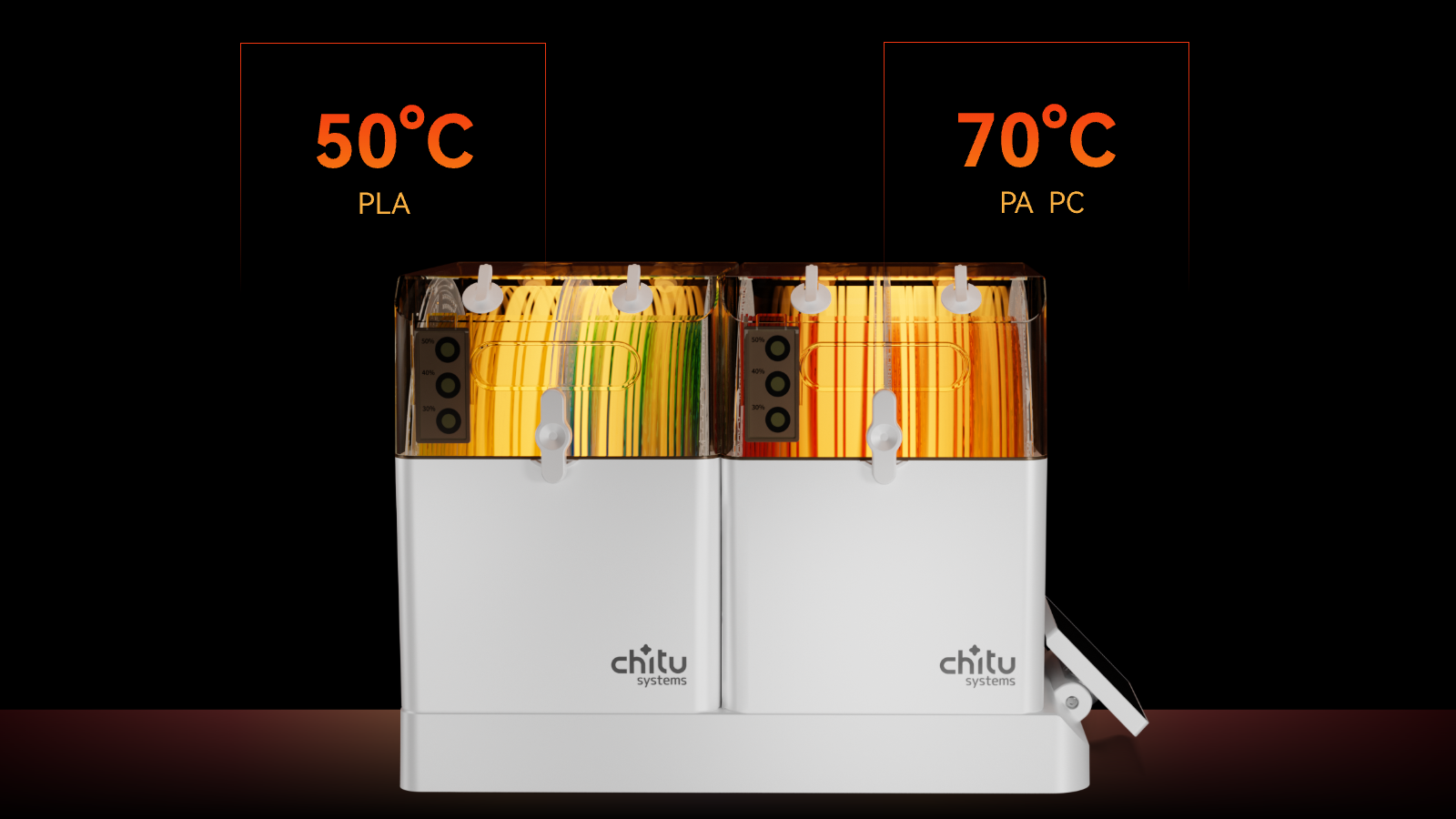
Tested, Certified, and User-Driven
Before launch, the E1 underwent environmental stress, durability, and performance testing. It has since received the EU-based Conformité Européenne (CE) and Restriction of Hazardous Substances Directive (RoHS) certifications, as well as the U.S.-based Federal Communications Commission (FCC) certification, confirming it meets safety, electromagnetic, and hazardous-material standards.
Zhang also emphasized that customer feedback is already shaping the product’s future. Early adopters praised the E1’s space-saving modular design and drying/storage effectiveness. Some have suggested improvements to the sealing performance and touchscreen responsiveness.
“We take that feedback very seriously and it’s already influencing what we look at for updates. For example, although the E1’s maximum temperature is slightly lower than some competing products, it delivers the lowest power consumption in its class. Also, it’s compact enough to fit next to most FDM printers, but still large enough to handle multiple spools simultaneously,” noted Zhang.
The company is already working on improving the sealing performance in its next iteration, alongside firmware optimizations to enhance touchscreen responsiveness.
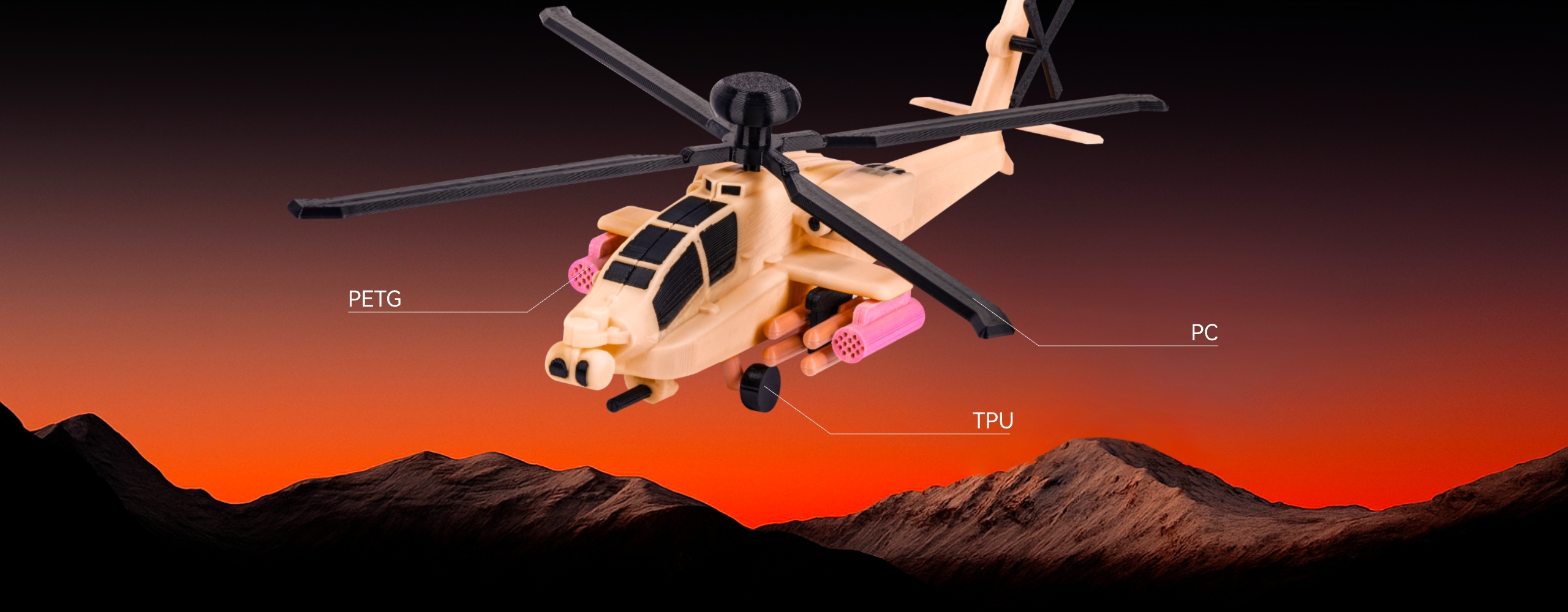
3D model printed.
Building a system that could handle multiple filaments at once wasn’t easy. Zhang explained that the R&D team evaluated multiple concepts before choosing a modular design with two independent hot-air circulation units.
“Achieving heating efficiency, balanced airflow, minimal thermal loss, and strong sealing took significantly more engineering than a single-chamber design, and integrating two heaters under one controller required several UI/UX [user interface/user experience] rounds,” noted Zhang. “We also refined the PID [proportional–integral–derivative] control algorithm extensively to ensure both heating systems maintain equally high drying performance.”
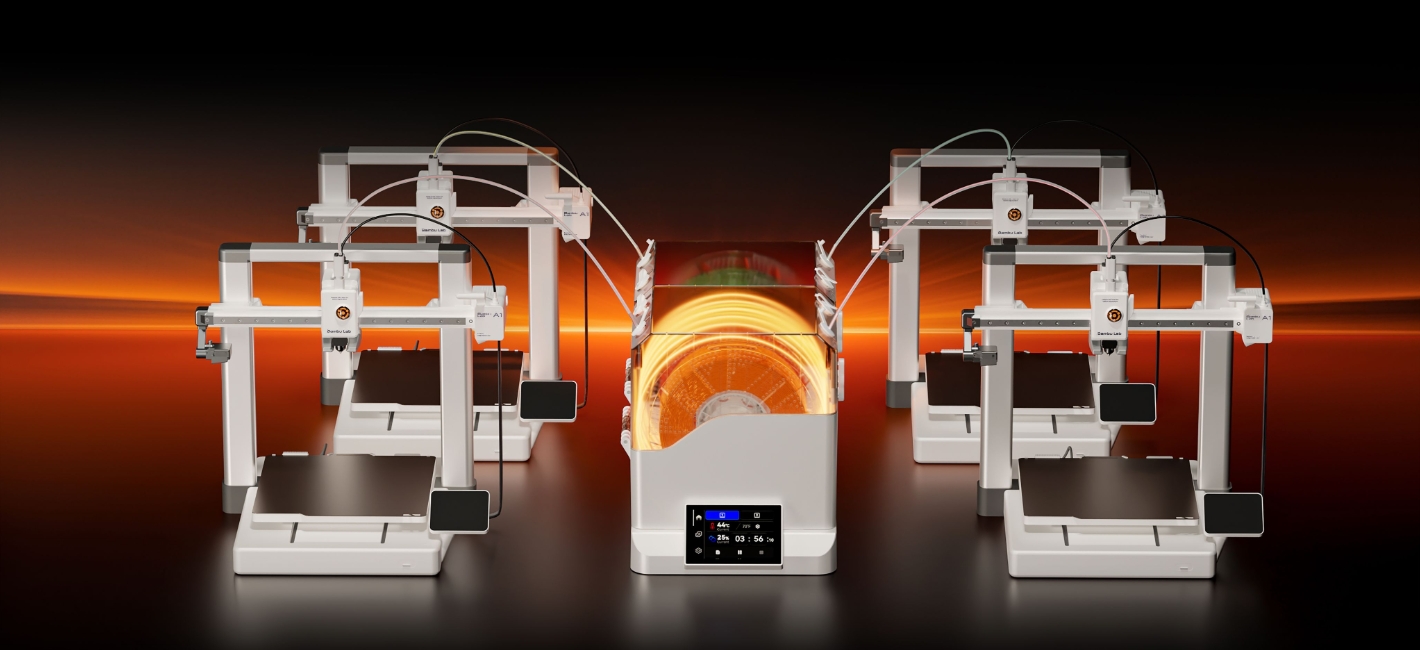
FilaPartner E1. Image courtesy of Chitu Systems.
Where Filament Management is Headed
Chitu doesn’t just see the E1 as a standalone product; it sees it as part of the next step in filament management for prosumer and professional users.
“The evolution of filament management solutions will be driven by market growth, user demand for premium experiences and advances in 3D printing technology. FDM will tilt toward automation, intelligence, and sustainability. For example, reduced manual intervention, run-out detection with auto-resume; filament-condition monitoring and diameter compensation; and reusable spools or bio-based certifications will be emerging demands.”
Zhang also pointed to hardware advances like enclosed dryers with sensors and semiconductor dehumidification, RFID/NFC [radio-frequency identification/near-field communication]-enabled spools for auto material detection, multi-channel extruders with IDEX [independent dual extruder] dual-nozzle setups, and multi-color boxes with auto-replenishment. In software, we’ll see dynamic flow compensation for diameter fluctuation, AI-driven filament-consumption forecasting, and supply-chain integration for automated restocking.
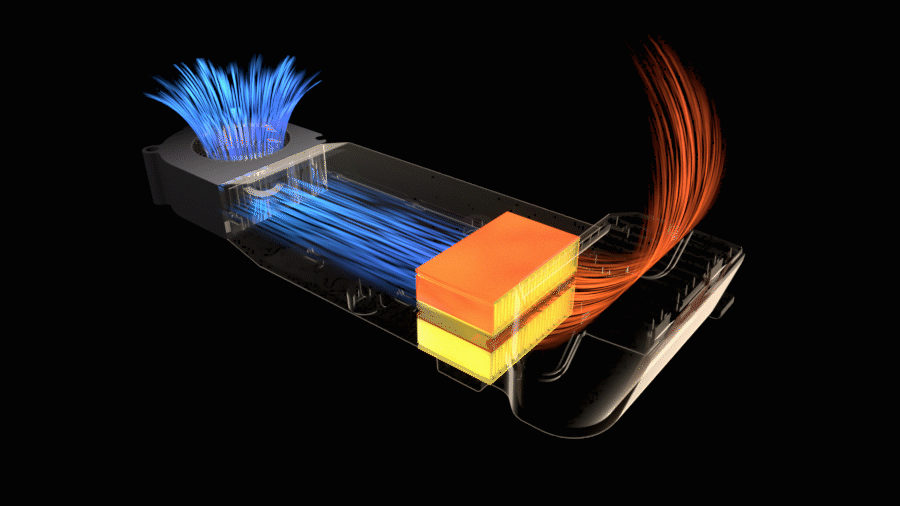
Internal airflow in the FilaPartner E1.
For many in the FDM community, especially those running small farms or prosumer setups, material management is just as critical as the printer itself. By offering a scalable, future-proof filament dryer, Chitu aims to reduce waste, prevent failed jobs, and improve part quality.
Chitu Systems may be best known for its resin printing software and electronics, but with the FilaPartner E1, it’s expanding further into the FDM ecosystem. The company hopes the E1 will be seen not just as a dryer, but as a long-term partner in filament management.
By combining fast heating, modular energy-saving options, and firmware-driven upgrades, Chitu is hoping the E1 can solve one of FDM’s most persistent challenges while setting the stage for smarter material systems in the future.
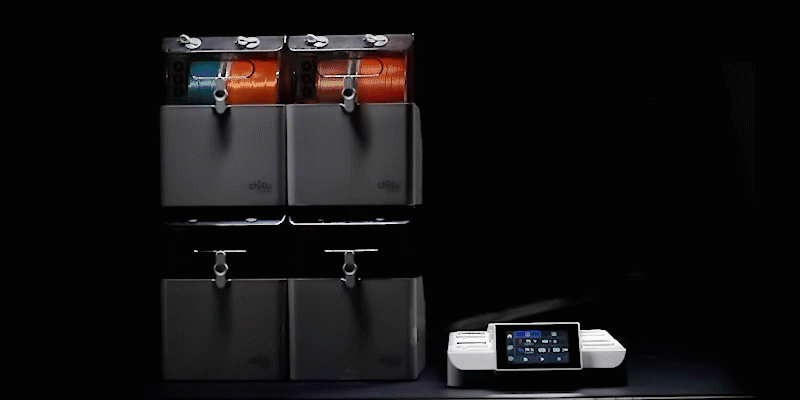
FilaPartner E1, drying box, and noise reduction. Image courtesy of Chitu
Zhang said Chitu is already exploring upgrades and new features for future products: “We plan to expand our range of filaments, focusing on low-carbon, eco-friendly options, and to develop smarter filament management devices that enhance storage, monitoring, and material switching experiences.”
Images and gifs courtesy of Chitu Systems
🏷️ p3d_feed